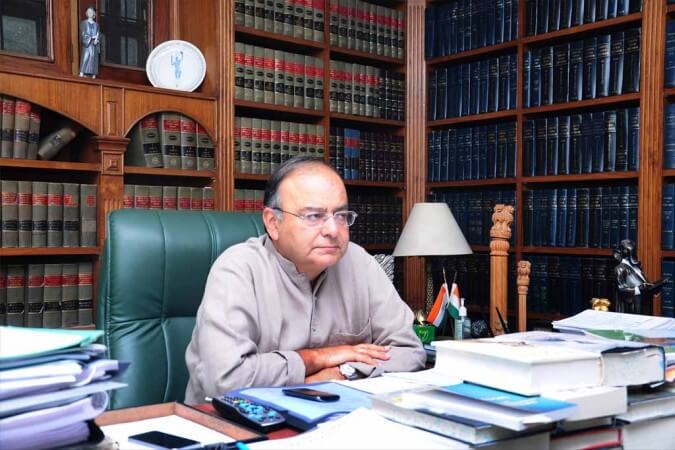The Economic Survey 2013-14 presented by the Finance Minister Arun Jaitely as a precursor to the General Budget presents an analysis of India’s Human Development basic parameters and gives a new impetus to growth along with targeted policies aimed at both Financial and Social inclusion. It has listed that India’s performance continues to be below the global average in most of the HDI indicators like life expectancy at birth, mean years of schooling, expected years of schooling, and even per capita income. The Economic Survey says massive efforts are needed in the form of investment in social infrastructure, skill development, and empowerment of women.
Human Development to be Taken into Account in Formulating and Implementing Social Sector Programmes: Economic Survey 2013-14
Population Kerela is the best-performing state in terms of the two indicators- Decadal growth of population (4.9 percent) and sex ratio (1084) and is well ahead of other states. Andhra Pradesh is a distant second in terms of population growth and third in terms of sex ratio with Tamil Nadu in second place in terms of sex ratio. Bihar has the highest decadal growth of population (25.4) and Haryana the lowest sex ratio (879).
Growth
Bihar is the best-performing state in terms of the growth rate of both gross state domestic product (GSDP) 2012-13 (15.1 percent and average GSDP 2005-06 to 2012-13 (9.9 percent) and also per capita income growth 2012-13 (13.9 percent). Madhya Pradesh, Gujarat, and Kerela are other states that have performed well in all these indicators and well above the all India average. However, in terms of absolute values of GSDP and per capita income, Maharashtra and Haryana respectively are at the top. While Tamil Nadu has the lowest growth in GSDP 2012-13 and Assam the lowest average GSDP growth Rajasthan has the lowest per capita income growth in 2012-13.
Poverty
Poverty estimates indicate that Bihar which had the second-highest poverty headcount ratio (HCR) in 2004-05 moved to first place in 2011-12 with the HCR at 33.7 percent relegating Odisha to second place. Kerala had the lowest poverty (7.1 percent) followed by Himachal Pradesh (8.1 percent) and Punjab (8.3 percent).
Health
Infant Mortality rate (IMR) in 2012 was the lowest in Kerala (12) and the highest in Madhya Pradesh (56) followed by Assam (55), Odisha, and Uttar Pradesh (53 each) against a national IMR of 42. The birth rate was also lowest in Kerala (14.9) and highest in Bihar (27.7) against a national average of 21.6. The death rate was lowest in Maharashtra and West Bengal (6.3) and highest in Odisha (8.5) against a national average of 7.0.
Social sector programs
Progress in terms of 24×7 primary and other health centre facilities under the National Rural Health Mission (NRHM) is highest in Karnataka (2328) followed by Tamil Nadu and Rajasthan, and lowest in Himachal Pradesh (156) and Haryana (398).
Among the Outlook and Challenges for the social sector outlined in the Economic Survey are as follows:-
The outlook for India on the human development front could be positive given the large demographic dividend waiting to be tapped. This demographic dividend will benefit India if its population is healthy, educated, and adequately skilled. Unleashing the time-bound potential of the demographic dividend is the biggest challenge for India. This calls for massive investment in social infrastructure, skill development, and empowerment of women. One of the challenges is to deal with multiple and sometimes overlapping programs. A mere mark up each year in the Budget for existing programs or starting some new programs will not suffice. What is needed is a ‘zero budgeting’ approach with a revamp, reorganization, and convergence of social-sector schemes with a minimum size prescribed for the schemes. The outlays for the different schemes have not often translated fully into outcomes owing to the poor delivery mechanism. Leveraging modern technology for efficient delivery of programs, removing the multiple layers of governance, simplifying procedures, and a greater participatory role by the beneficiaries can help in creating a better delivery mechanism. There is a need for a greater degree of accessibility to information for the public, especially about the role, rights, and entitlements of the Panchayati Raj Institutions (PRIs). Focused attention on raising the awareness levels and capacity-building activities at gram sabha level and devolution of powers in real terms, i.e. funds, function, and functionaries to the PRIs will lead to better and more effective planning, execution, monitoring and social audit of panchayat centric programs.
